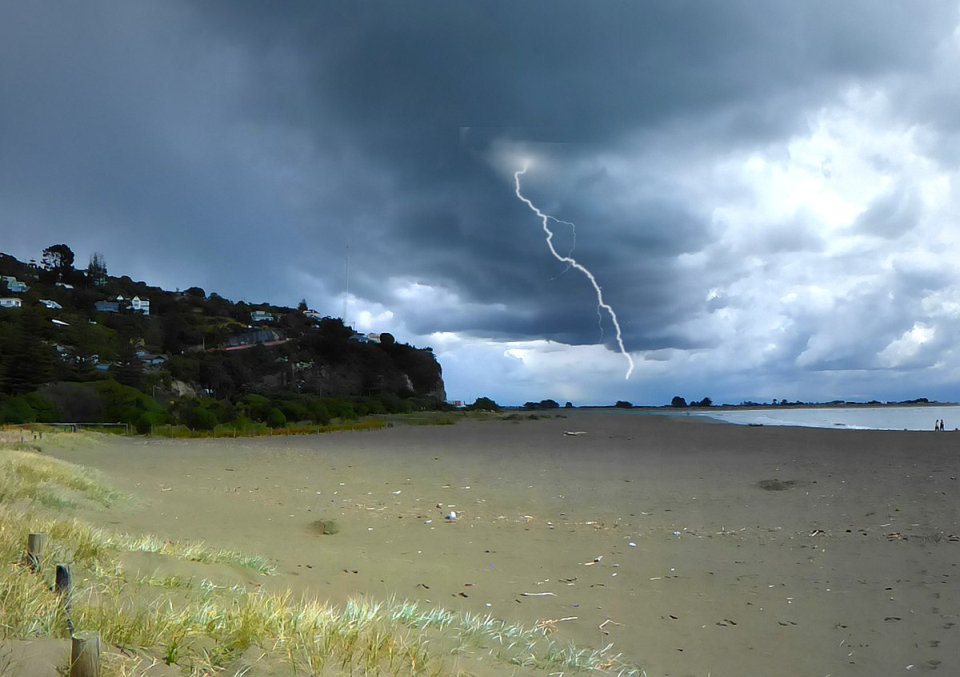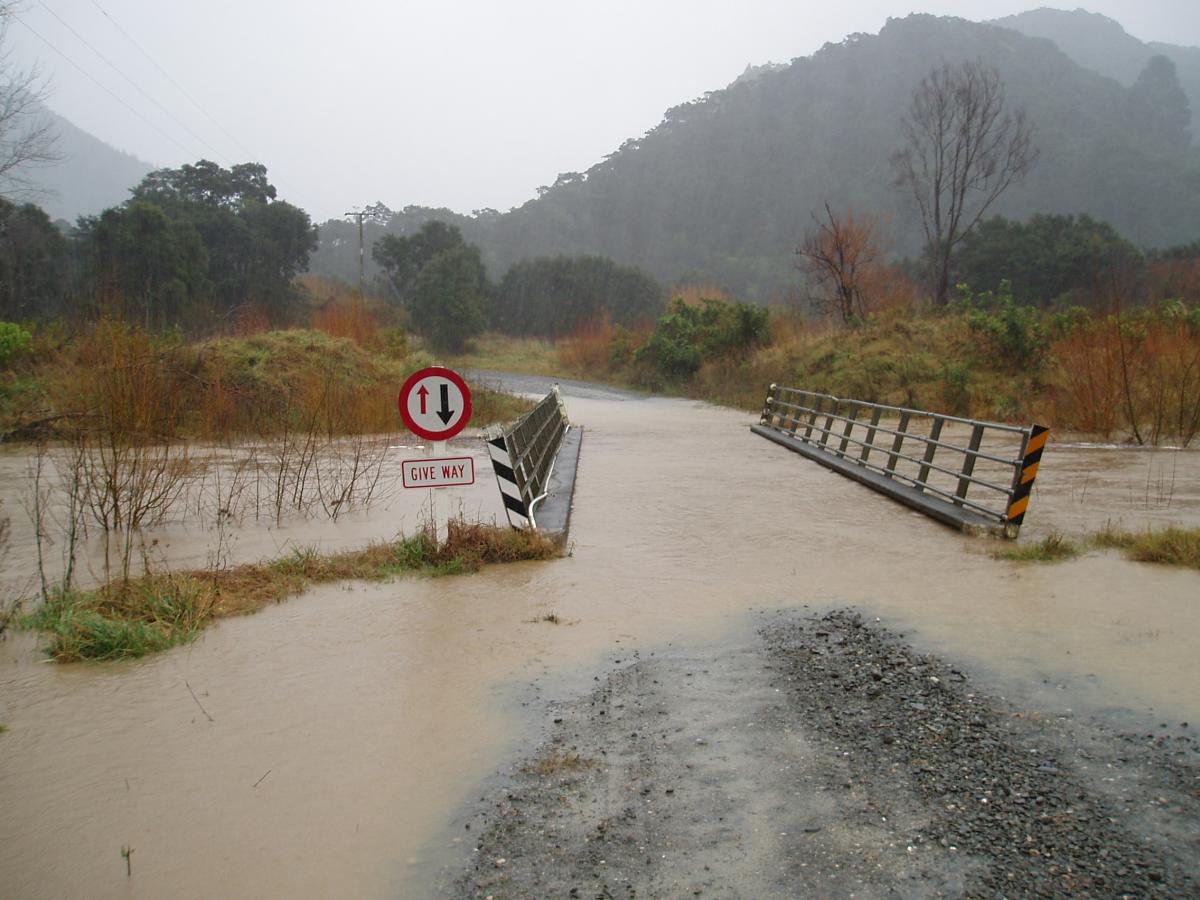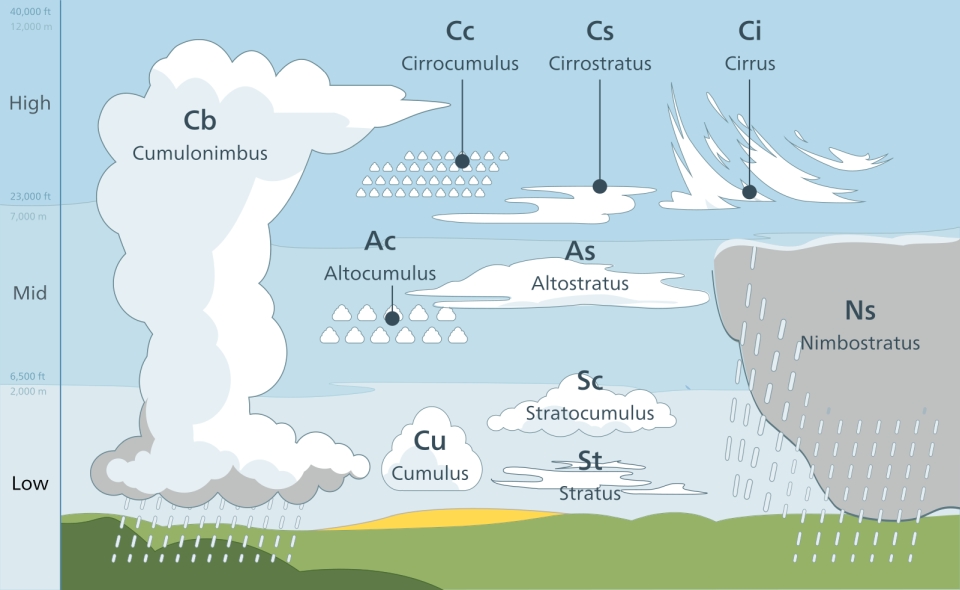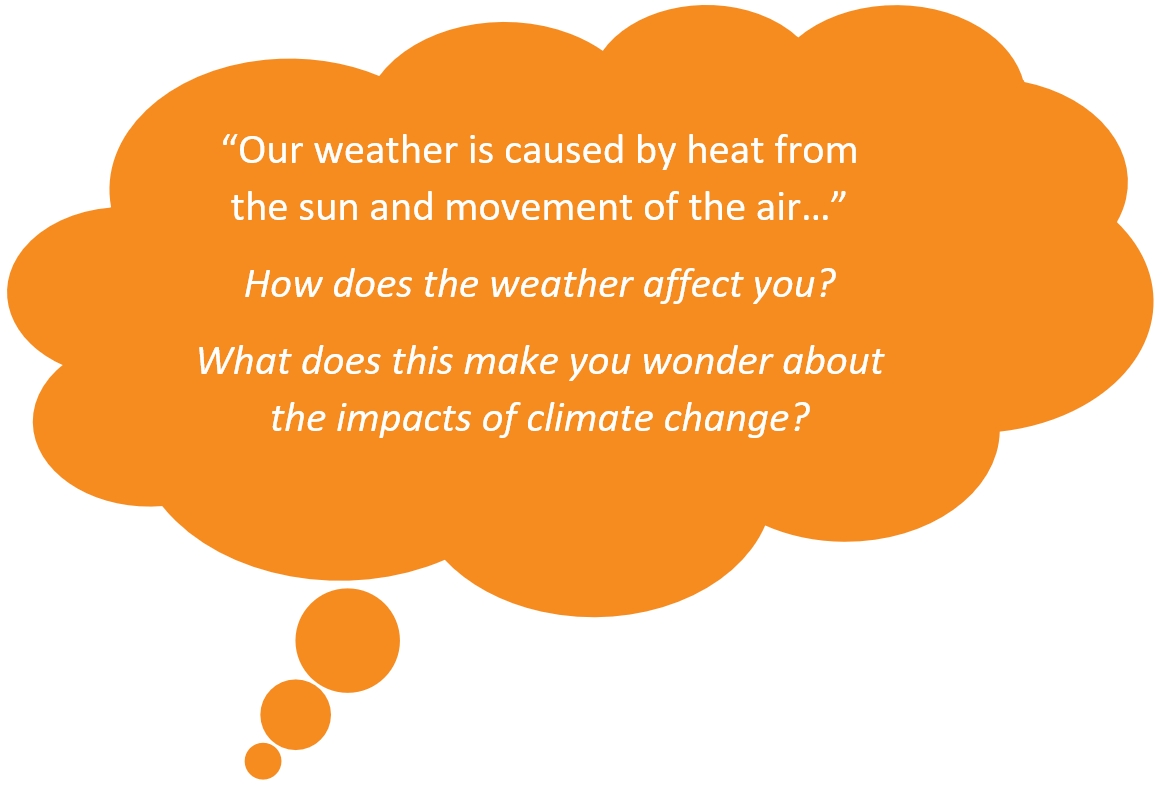You can contact LEARNZ, part of CORE Education, at:
Postal Address:
PO Box 13 678,
Christchurch 8141,
New Zealand

Our weather is caused by heat from the sun and movement of the air. Weather happens in the lower layer of Earth’s atmosphere (a layer of gases surrounding the Earth).
Wind is air that is moving from place to place. Winds blow because the sun heats air in different parts of the world by different amounts. Warm air rises, and cold air then rushes in underneath to replace it. This movement of air is what we call wind, and this causes changes in the weather. A wind that blows most often in a particular area is called the prevailing wind.
Moisture or water vapour (gas) in the air also affects the weather. The amount of moisture in the air affects how clouds form and produce fog, rain, snow or storms.
Rain is droplets of water that fall from clouds. Heat from the sun turns water from plants and leaves, as well as oceans, lakes, and rivers, into a gas - water vapour which we cannot see. When water vapour rises it cools and changes back into tiny droplets of liquid water which we see as clouds. The water droplets in clouds join together to form bigger drops. When the water droplets get too large and heavy, they fall as rain. Big, heavy droplets are called rain and small droplets are called drizzle.
You know it is likely to rain if you see dark clouds approaching. These clouds are dark because they are full of big water droplets that block out the light from the sun.
Snow is water that has cooled so much that it freezes. When the temperature in the air is below freezing water in clouds turn into ice crystals, forming snowflakes which fall as snow.

Thunderstorms form in large cumulonimbus clouds. These are the biggest clouds of all and produce heavy showers, hail and thunderstorms. Thunderstorms happen when the water droplets in clouds and rising air combine. When raindrops in these clouds turn to ice and knock against each other, they create electricity. When too much of this electricity builds up, it results in lightning. A lightning flash heats the air to very high temperatures very quickly. This makes the air around the lightning expand or spread out very quickly, causing a loud, rumbling noise called thunder.
Hailstones are formed when raindrops are carried upward by thunderstorm updrafts into very cold areas of the atmosphere and freeze. Hailstones then grow by colliding with liquid water drops that freeze onto the hailstone’s surface. Hail falls when the thunderstorm's updraft can no longer support the weight of the hailstone.

 Types of clouds
Types of cloudsThe amount of water in a cloud, the height, and the air temperature, all affect what a cloud looks like. There are three main types of clouds: stratus, cumulus and cirrus, and many combinations of these. In Latin, stratus means layer, cirrus means hair and cumulus means heap.
Complete the What makes weather quiz.
> Discover more about weather and severe weather events.